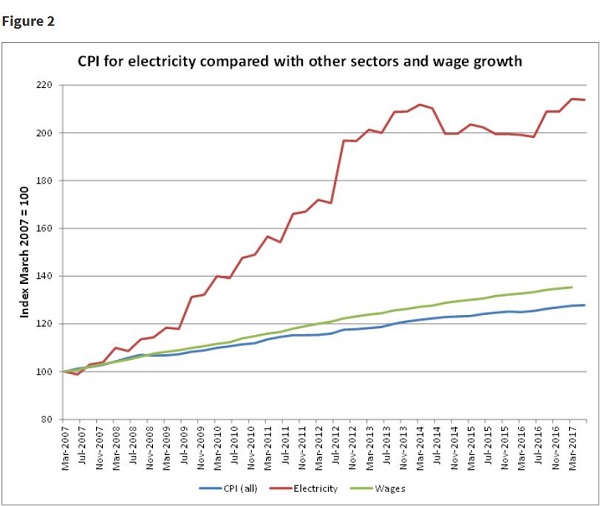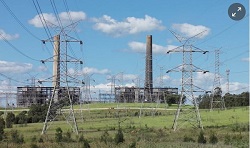You will recall that after the closing of Hazelwood Power Station at the end of March 2017 fears were held that the 2017-18 summer would see extensive blackouts. AEMO, the Australian Energy Market Operator, was tasked to assemble a strategic reserve to keep the lights on.
AEMO assembled a reserve of 1150 megawatts mainly “demand response” capacity with capital cost approaching zero, but the mechanism the agency had used called the Reliability and Reserve Trader or RERT, can’t be automatically rolled over for the summer of 2018-19. And perhaps it can’t be done at all, because the rule-maker, the Australian Energy Market Commission, has changed the rules governing the RERT so that the mechanism can only be used on 10 weeks notice in an emergency as a last resort, which is simply impractical.
So what is going on? Continue reading AEMO wants ‘demand response’ as strategic reserve

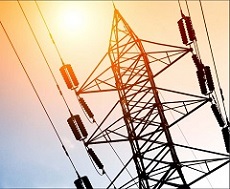

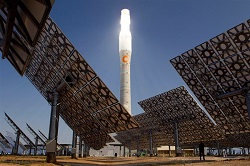
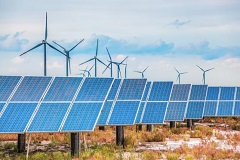
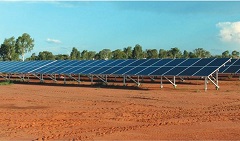
 It’s the season for cherry picking on electricity prices as an election is called in Queensland. This can happen because no-one, not journalists, not ABC radio hosts, and unfortunately not ‘experts’, reads Queensland Government media releases. The offending politicians from the opposition LNP are getting a free ride, with statements like ‘Prices increased 70% under Labor’ (Tim Nichols on TV) and, ‘We will put downward pressure on electricity prices’ without saying how.
It’s the season for cherry picking on electricity prices as an election is called in Queensland. This can happen because no-one, not journalists, not ABC radio hosts, and unfortunately not ‘experts’, reads Queensland Government media releases. The offending politicians from the opposition LNP are getting a free ride, with statements like ‘Prices increased 70% under Labor’ (Tim Nichols on TV) and, ‘We will put downward pressure on electricity prices’ without saying how.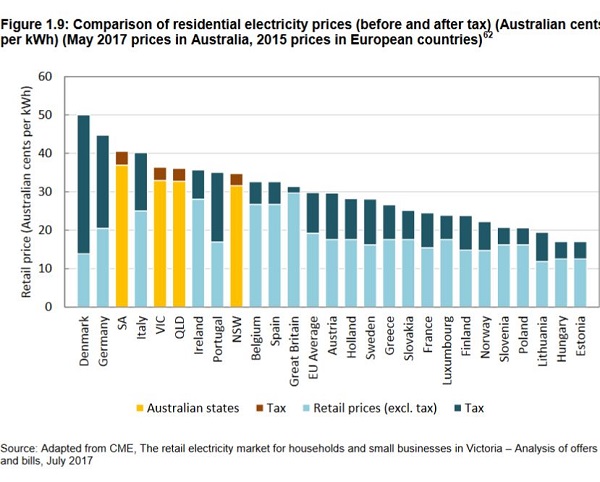
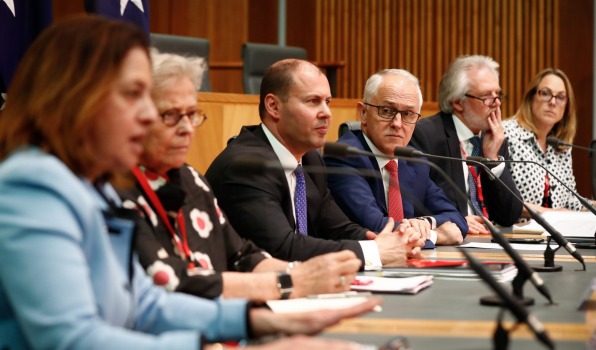
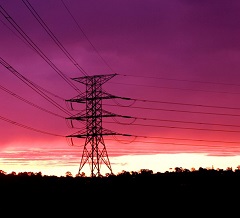
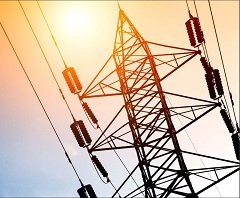 One morning recently, 10 October I think, local ABC radio host Steve Austin called up Queensland energy minister Mark Bailey to ask him about an announcement the Queensland government had made. Something about, on a voluntary basis, turning down your aircon so it runs at 26C and being paid for the power saved.
One morning recently, 10 October I think, local ABC radio host Steve Austin called up Queensland energy minister Mark Bailey to ask him about an announcement the Queensland government had made. Something about, on a voluntary basis, turning down your aircon so it runs at 26C and being paid for the power saved.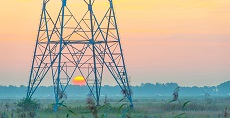 Rod Sims’ speech
Rod Sims’ speech 